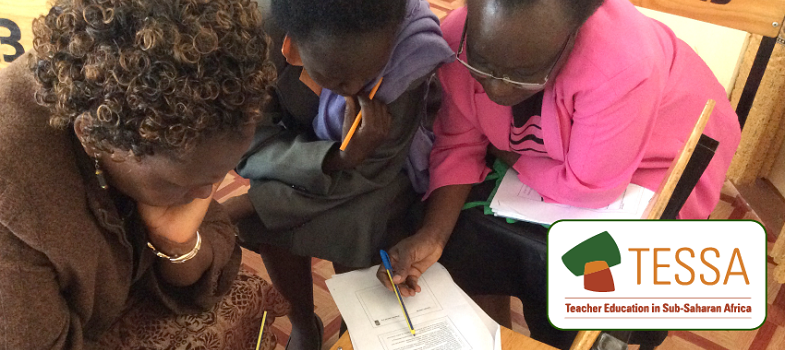Section 4 : Nutrition, conservation and ecology
Theme: Problem solving and creativity
Learning Outcomes
By the end of this section, you will have:
- told a story about problems in a local area and given students the opportunity to work out the reasons for the problems and to suggest a sensible course of action;
- supported students in using their knowledge of nutrients to plan a day’s diet;
- organised students into groups to conduct research within their community and present it to the class.
Introduction
When your students start to look for a job, the qualifications that they have will obviously be very important. However, potential employers will also be looking for people who are creative and who are able to solve problems; they will be looking for people who can think for themselves. Students can sometimes view science as a subject that provides absolute answers that lead to technological advances which can be used directly to solve practical problems. In reality, many problems have cultural and economic perspectives that must be considered as well. Scientists must consider all perspectives when seeking solutions which will be successful in the real world. They need to be creative and able to work effectively with others. The case studies and activities in this unit are designed to show you how you can give your students the opportunity to be creative, to develop their thinking skills and to work effectively with others. They will fit into your normal teaching of nutrition, ecology and conservation. Some general strategies are given in Resource 1 .
Resource 6: Background information on Yeast



